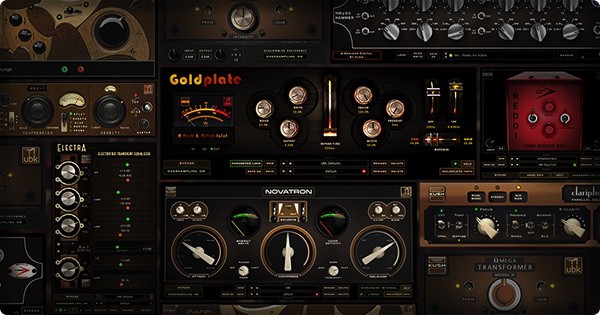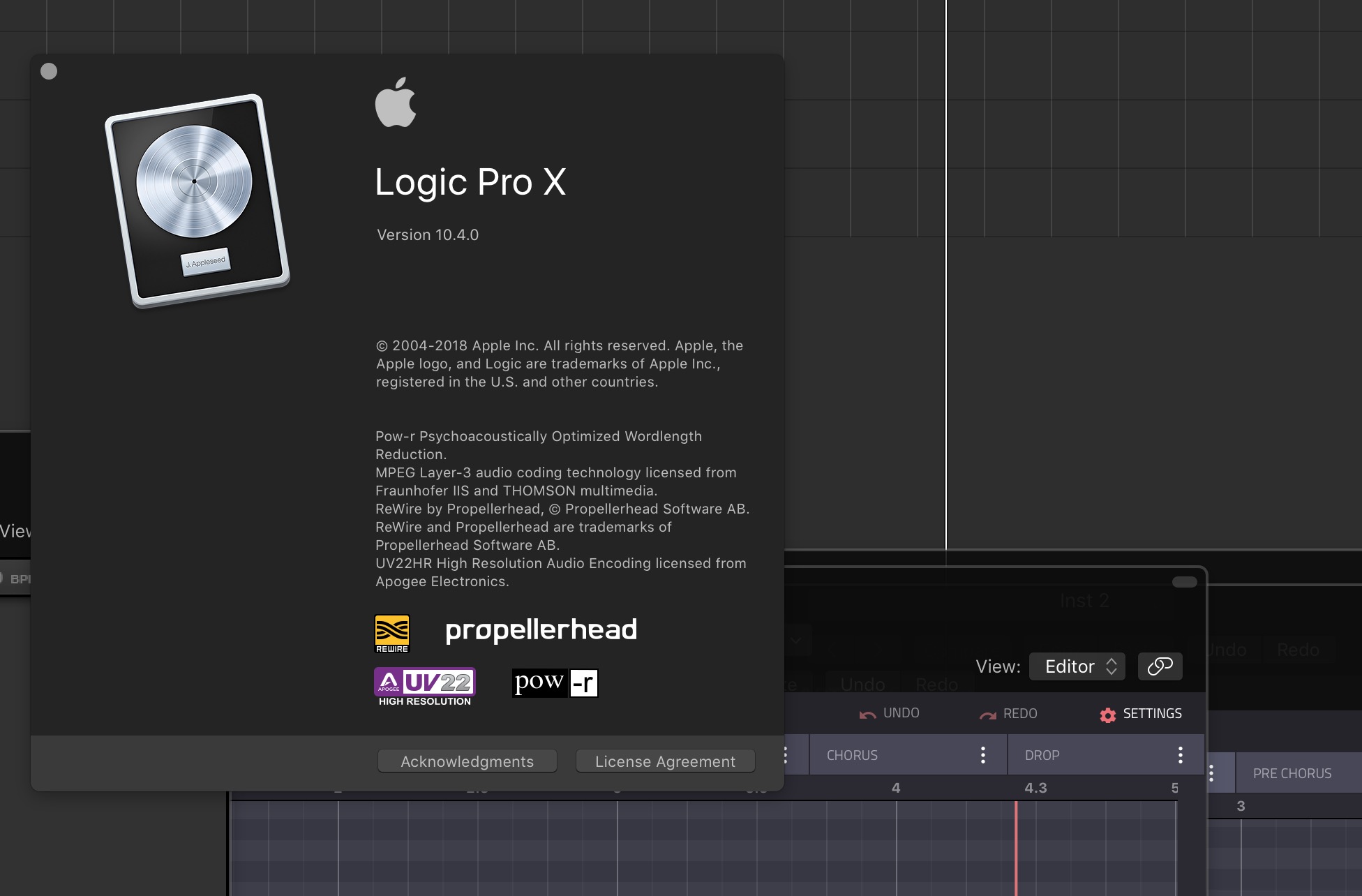Kush Audio Released AR-1 VERSION 1.0.5 for MAC OS! IF you want to learn more about it go right here: AR-1 Review – Kush’s Lushest, Thickest Tube Compressor. Get the thick, glowing tone through a compressor developed by Kush Audio. AR-1 Variable-Mµ Compressor plugin under review today has its roots in Abbey Road and 50’s American Rock, made for fans of Analog the world over. For more about Kush, plugins see also our coverage on GOLDPLATE – DYNAMIC PLATE REVERB and our Novatron Review. Kush Audio recognized for its high-end analog gear and for several years for a growing number of unique and boutique style plugins have launched another plugin.
- Mac OS Catalina and Logic 10.5 Compatible
- VST3 compatible on Mac OS
(Windows VST3 coming soon!)

With the AR-1 VINTAGE Mµ, the genuine RS124 has finally hit the plugin chain. The compressor wants to produce similar vibes as heard on Pink Floyd, The Beatles, and countless other classics. At its plugin heart, the AR-1 is a revised EMI RS124. AR-1 is a sexy lush, warm compressor with a gorgeous vibe and tone. It is slow enough to manage the sound levels smoothly and warmly. All due to the implemented AR-1 new compressor algorithms that compress slowly. AR-1 is another addition to the boutique Swiss Armyplugin from Kush for both professionals and semiprofessional engineers.
Pricing and Availability
The updated version is available here.










